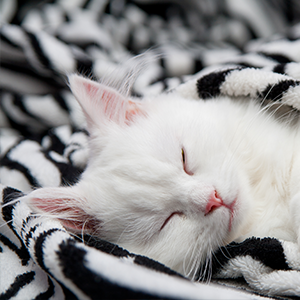What do treadmills, party decorations, stereo equipment, and fun, sleeved blankets have in common?
These are all products that have appeared on duty drawback claims that have been filed with U.S. Customs. Many everyday products that are sold in the U.S. are also sold in other countries. Items that are imported duty-paid into the U.S. prior to moving to their final destination outside the U.S. are eligible for a duty refund.
If a company wants to import 6,000 fun, sleeved blankets in November the company must pay U.S. duty and fees on all 6,000 blankets. If the company has the intention of only selling 1,000 in the U.S. for holiday family pictures and chooses to send 5,000 to Canada for the start of indoor curling season, the company can get a refund of 99% of the duties and fees paid on the 5,000 blankets exported to Canada to warm those stylish curling fans.
If the company maintains clear documentation that supports the importation, inventory and exportation of those fun, sleeved blankets, a duty drawback claim can be prepared and submitted to U.S. Customs that recovers those duty and fees (Merchandise Processing Fees & Harbor Maintenance Tax). Of course, Canada is not the only destination eligible for drawback, as any other country qualifies as well. There are several types of drawback programs that U.S. importers and exporters can take advantage of, including recovery on imported raw materials, which are subsequently transformed into finished products prior to export, or even duty paid merchandise that is ultimately destroyed in the U.S.
In my next blog, I will discuss some common reasons goods are destroyed and claimed for drawback.
Water-logged cars anyone?
If you are looking for more information on duty drawback and program requirements, contact Tradewin.





